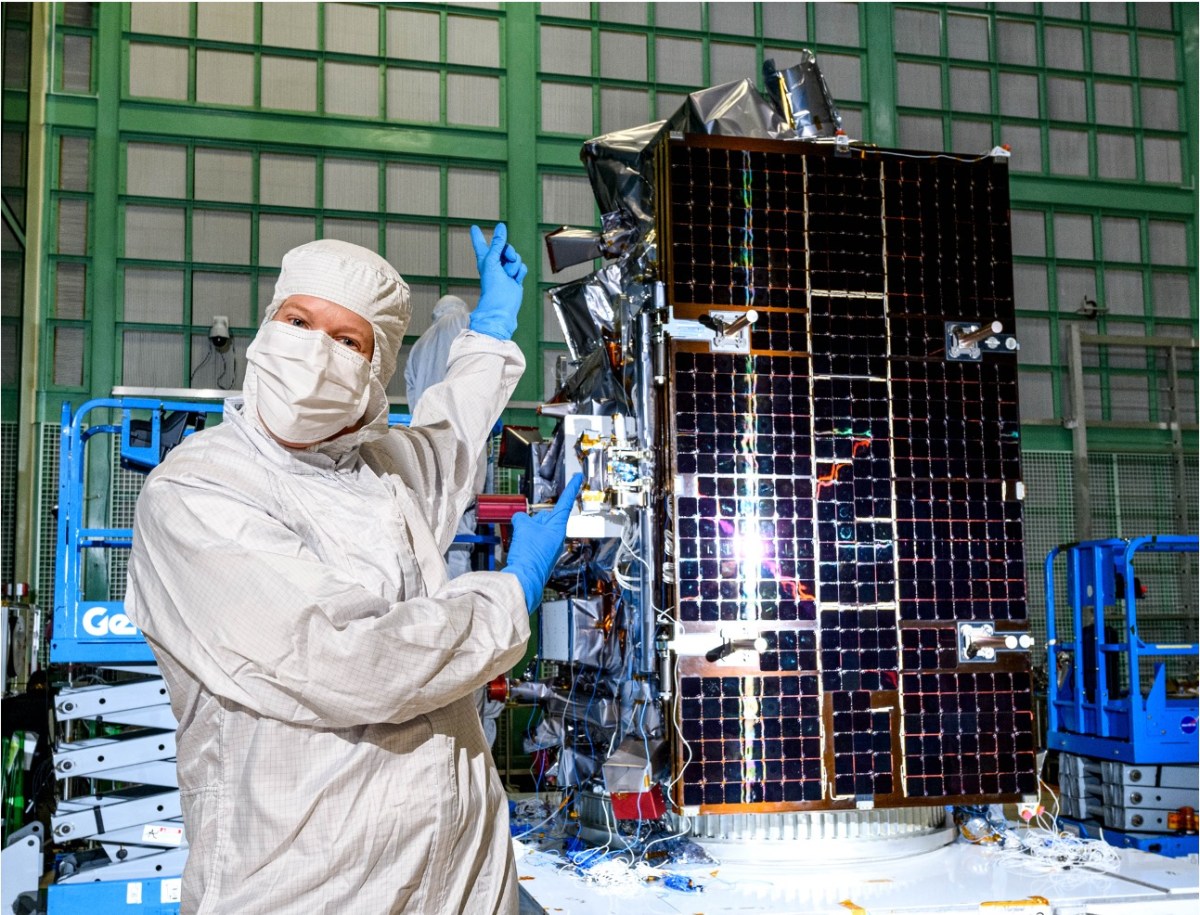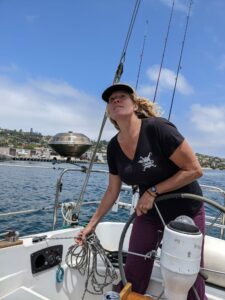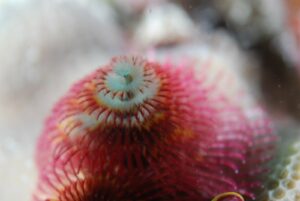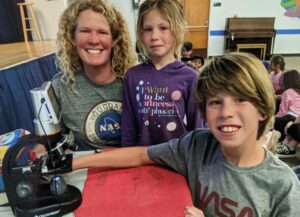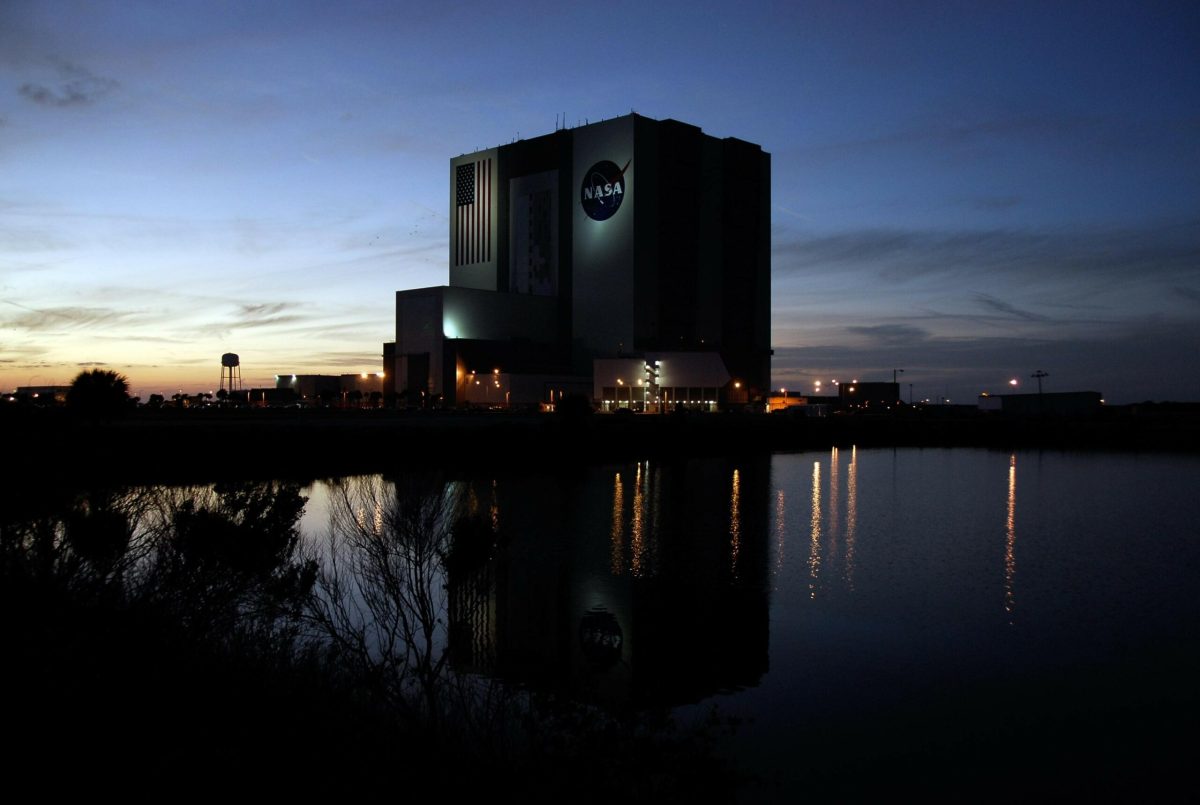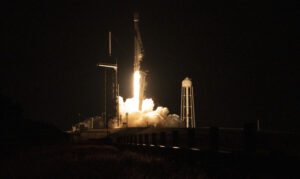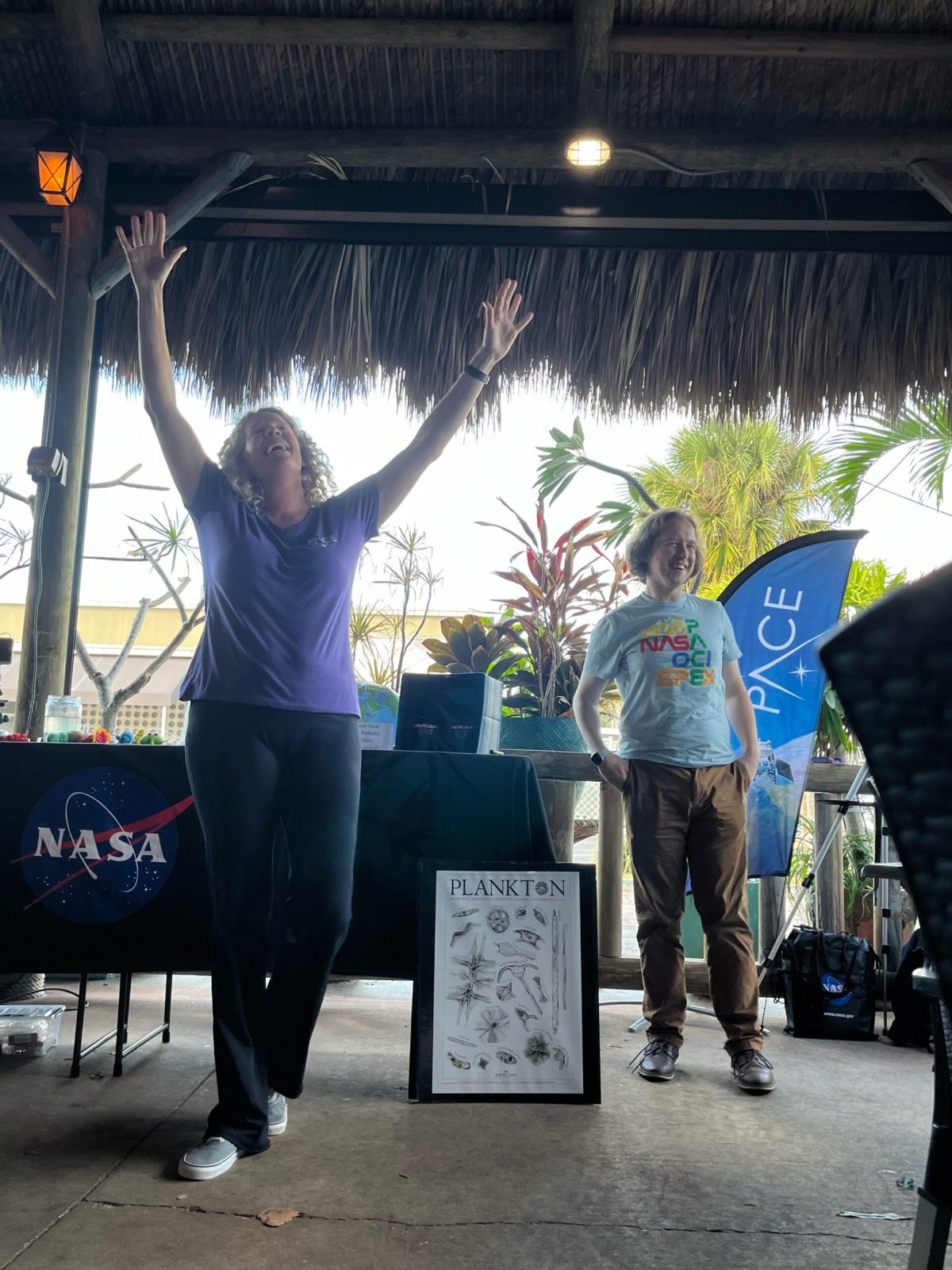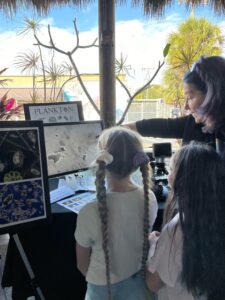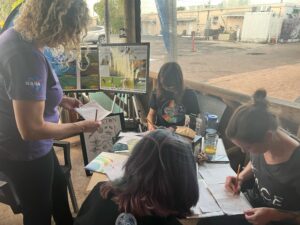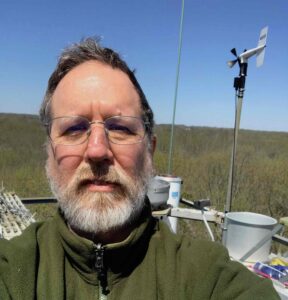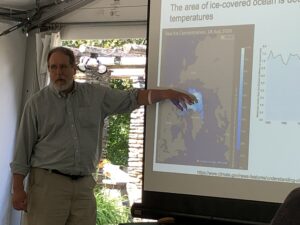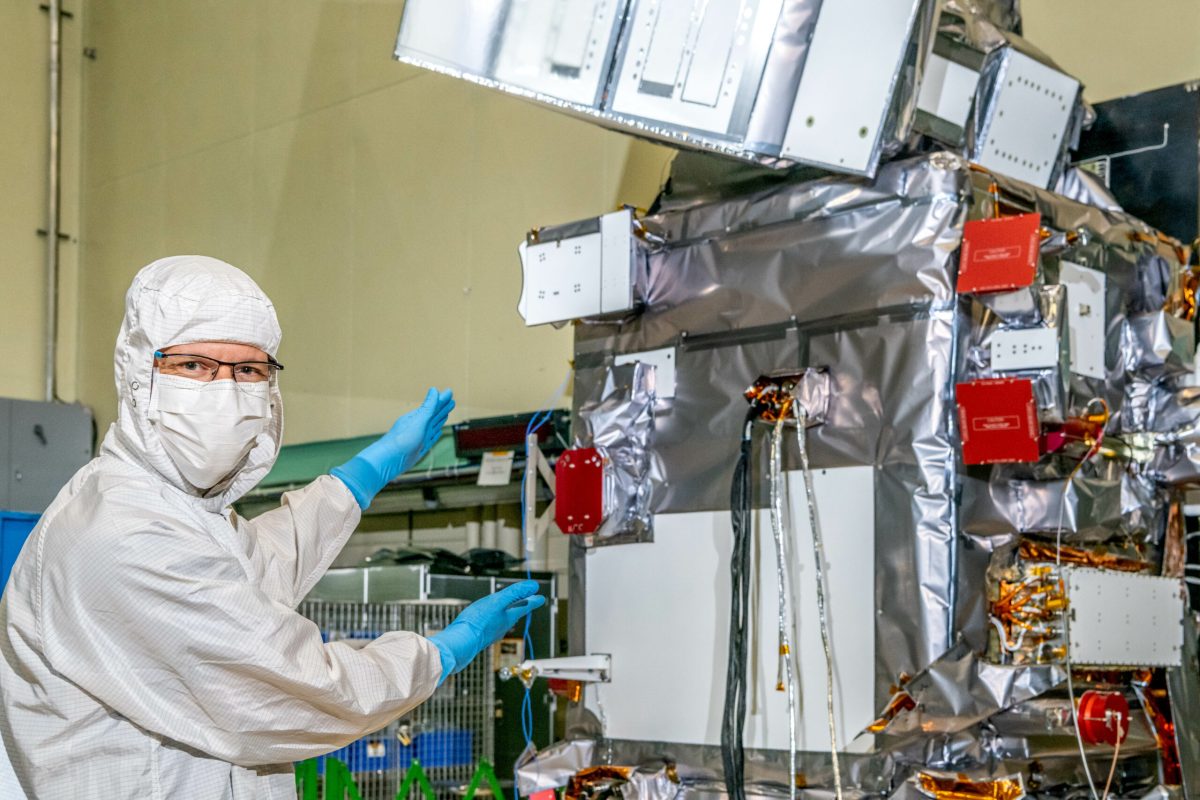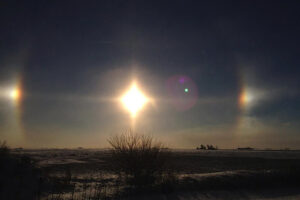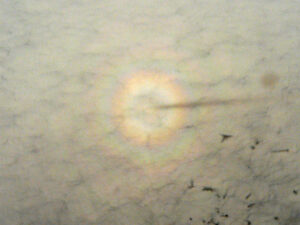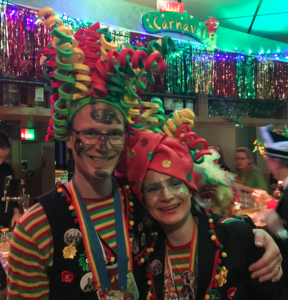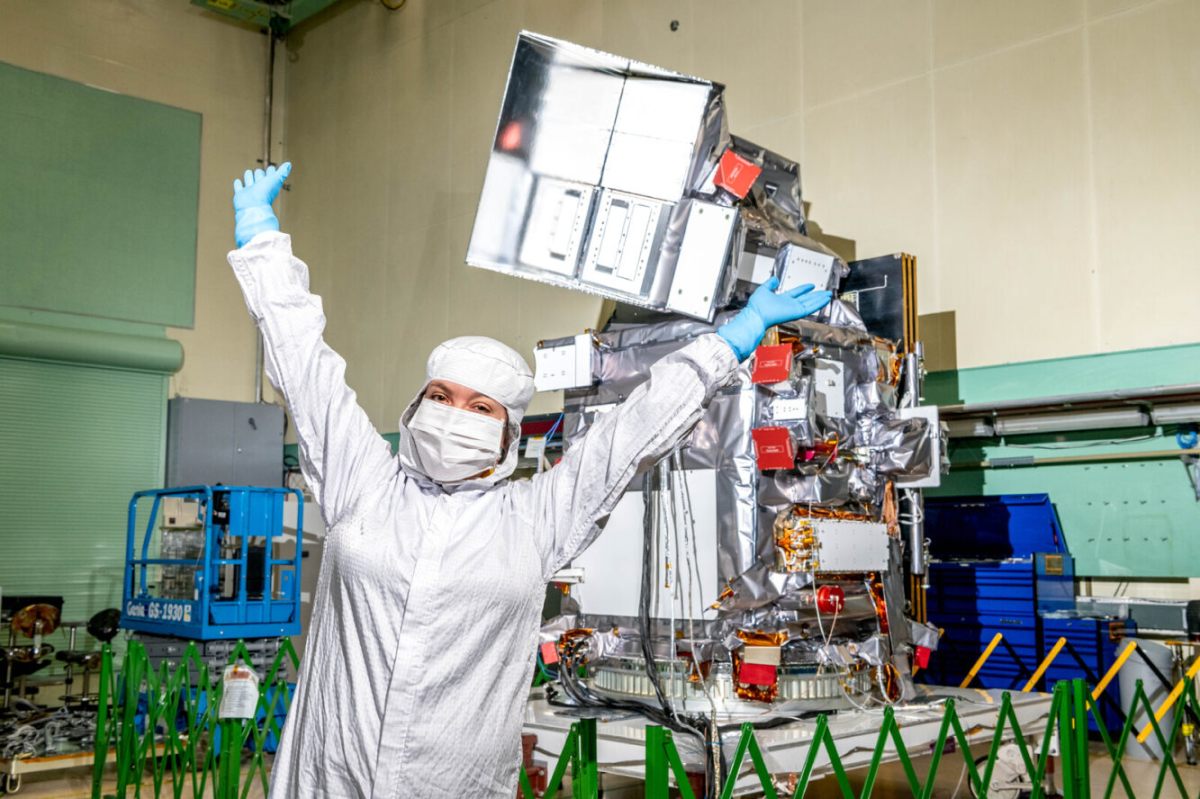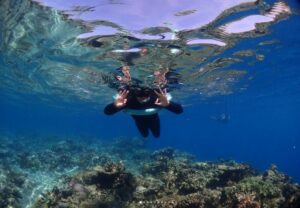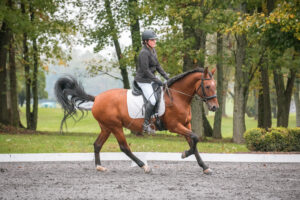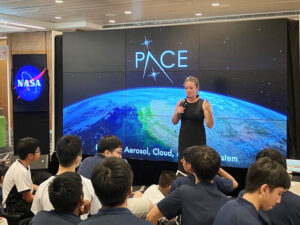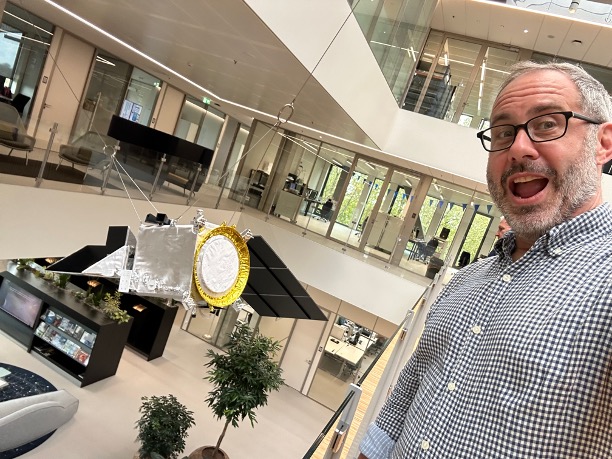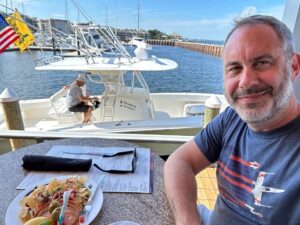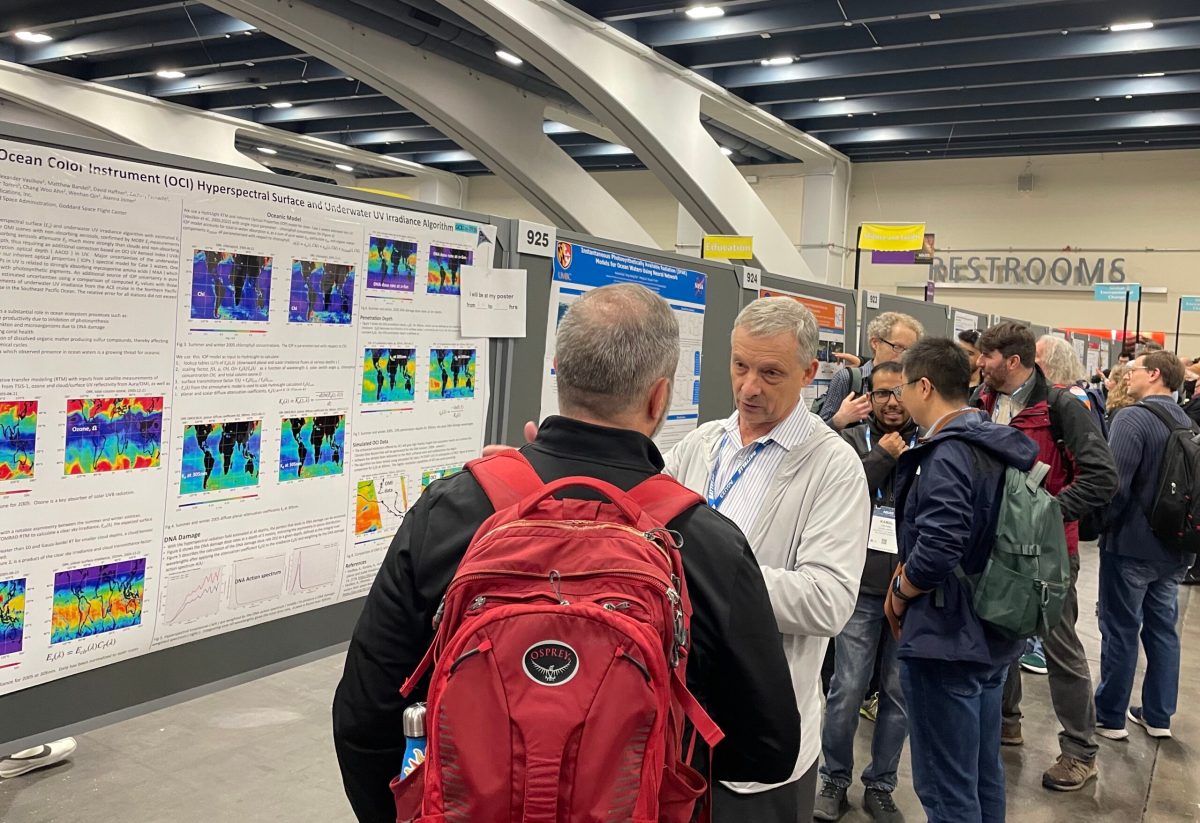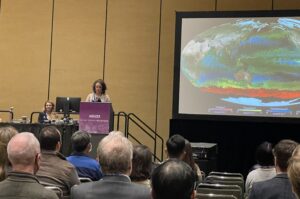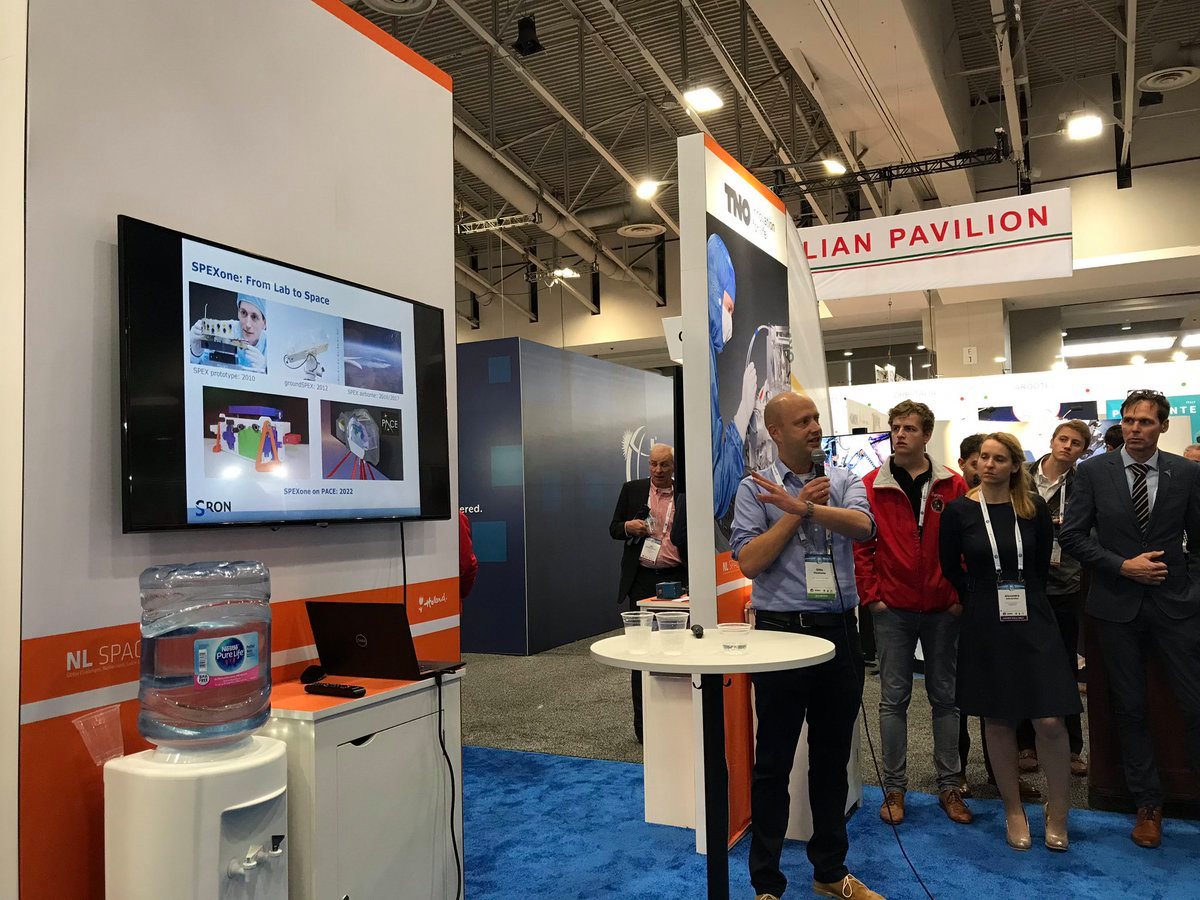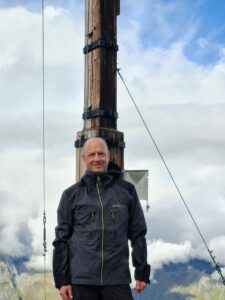Amir Ibrahim is the PACE (Plankton, Aerosol, Cloud, ocean Ecosystem) project science lead for atmospheric correction at NASA’s Goddard Space Flight Center in Greenbelt, Maryland.
What is your favorite atmospheric or ocean related book or movie?

My favorite ocean movie is “The Perfect Storm.” I know it’s not a happy movie, but I think it’s a great movie that shows us how mighty the ocean is and how important it is to our lives. The impact of the storm on the ocean also shows us how important our understanding of the interactions between our atmosphere and our oceans are.
What do you do for PACE?
The PACE mission aims to accurately study the ocean and its constituents as observed from space. The Earth’s atmosphere has small particles called aerosols and air molecules that interfere with ocean observations. My role within the PACE mission is developing algorithms to separate that ocean signal from the atmosphere and correct for these atmospheric particles in order to have a more accurate view of the ocean and phytoplankton particles.
What was your favorite part of the launch?
I was fortunate to be able to see the launch at Kennedy Space Center. It was a very joyous moment. I was able to see many years of work come to fruition with the launch of the satellite. I am excited to be able to get the data and attempt to answer all our science questions.
What are you most looking forward to when data starts coming in?
Over the past several years, we have been building a simulator to predict what PACE is expecting to see from space. We’ve spent a lot of time and effort building that simulator in order to run through our algorithms, conduct tests and get ready for the launch. Now what I’m really excited about is actually seeing if all of our algorithms are actually functioning and working on real PACE data. Simulating data is not as much fun as the real stuff.
What is your favorite color and why?
My favorite color is blue because it’s my son’s favorite color, too. Also, growing up by the seaside in the Mediterranean, I loved the blue color of the ocean and the sky above it, and I always wanted to understand why the ocean and sky are so blue. The blue sky comes from sunlight scattered by air molecules, creating a phenomenon called Rayleigh scattering. Interestingly, that later became part of my work activities, which involves understanding the light in the atmosphere in order to correct for the different colors of the ocean below it.
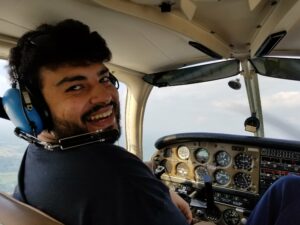
What is a fun fact about yourself?
I have a big interest in flying and have taken some flying lessons. One day, I’d love to be a pilot. Maybe when the dust settles from PACE, I’ll be able to go back and take more lessons or fly with an instrument to study the ocean from an airplane!
What advice would you give to aspiring scientists looking to get where you are today?
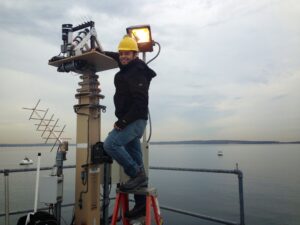
The three most important things to me that got me into this position are being passionate and persistent about what I do, networking, and continuously learning. Being dedicated is very important, and if you hit obstacles, you can always get around them with dedication. Connect with various scientists and other people in the field in order to have a network of people who can support you in your career. And finally, as a scientist, you should never stop learning. You have to be humble enough to know that there are things that you don’t know. So, read papers and publications, write, engage with the community, and go to conferences. Those are all really critical things that can help you with your career.
What is a catch-all statement that you would want the public to know about PACE?
PACE will revolutionize our understanding of the ocean and the atmosphere for two reasons; One, PACE will have the first hyperspectral instrument dedicated for ocean color, which is quite unique and has never been done before. And two, it will have multi-angle polarimeters that will improve our understanding of aerosols and the ocean beyond any other instrument that is currently in space. It’s an interdisciplinary mission.
Header image caption: Ibrahim posing with PACE in the integration and testing facility at NASA’s Goddard Space Flight Center. Image Credit: Dennis Henry
By Erica McNamee, Science Writer at NASA’s Goddard Space Flight Center


